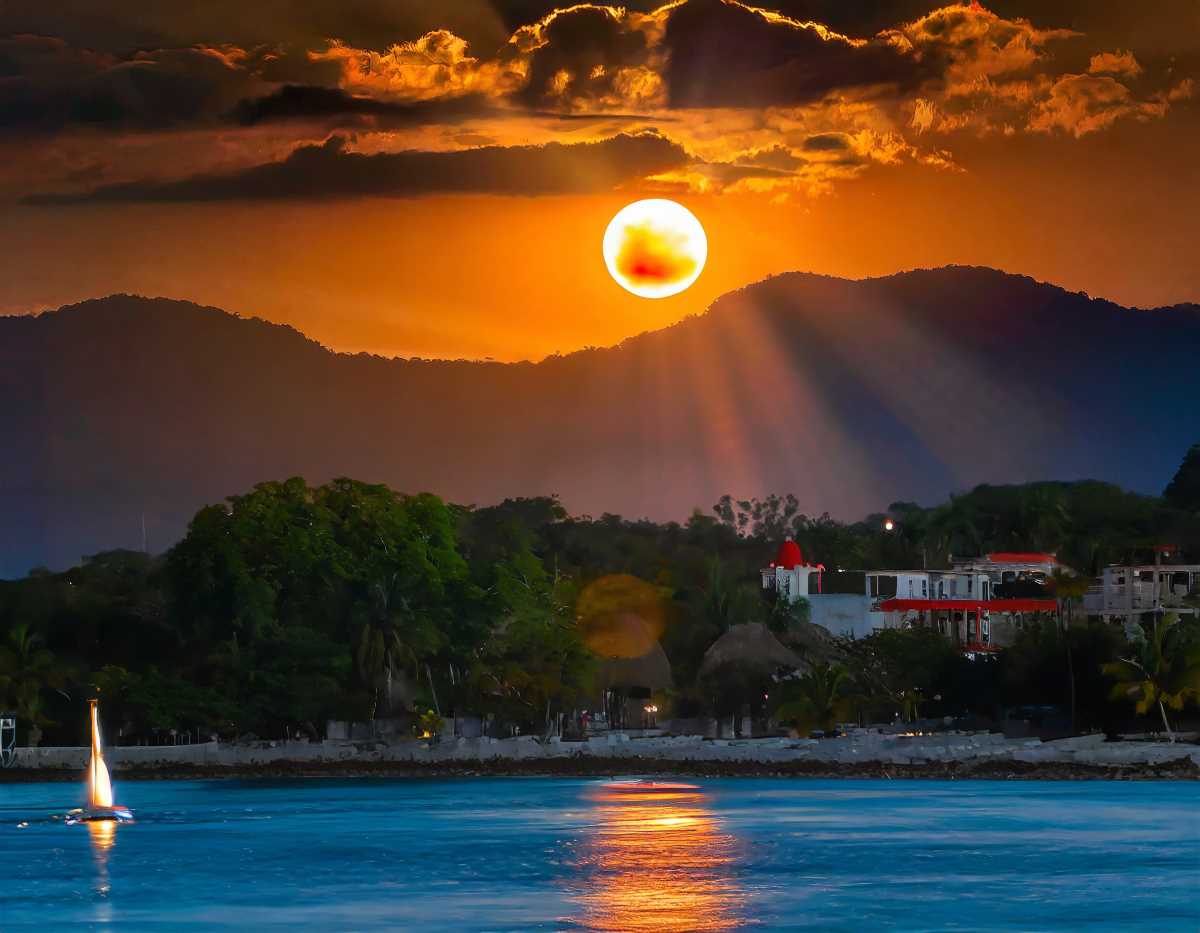Chetumal and Bacalar Await Solar Eclipse Enthusiasts
Chetumal and Bacalar, Mexico, prepare for a rare annular solar eclipse, offering a “ring of fire” spectacle not seen in 32 years. Strategic locations, scenic beauty, and celestial events make this a must-see for eclipse enthusiasts. Remember, protect your eyes while enjoying the cosmic show!

It's not every day that you get to witness the sun transform into a “ring of fire.” But if you're in Chetumal and Bacalar, Mexico, you're in for a celestial treat. Tomorrow, a spectacular annular solar eclipse will grace the skies, a phenomenon not seen in these parts for a whopping 32 years. That's right, after three decades of cosmic anticipation, the stars—or, in this case, the sun and the moon—are aligning for a rare and breathtaking show.
Chetumal and Bacalar, nestled in the enchanting state of Quintana Roo, are right in the path of this astronomical extravaganza. This means that you, dear reader, will have a front-row seat to witness a “ring of fire” encircling the moon, creating a mesmerizing celestial event.




